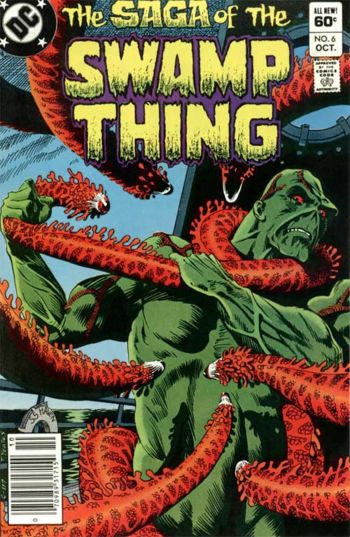The Mummy: Tomb Of The Dragon Emperor
Posted on July 31, 2008 at 6:00 pm
B| Lowest Recommended Age: | Middle School |
| MPAA Rating: | Rated PG-13 for adventure action and violence |
| Profanity: | Some strong language (bastard, son of a bitch) |
| Alcohol/ Drugs: | Drinking, including drinking to deal with stress, scenes in bar |
| Violence/ Scariness: | Non-stop action-style violence, some graphic images (faces melting, characters on fire), disturbing themes (mummies coming back from the dead) |
| Diversity Issues: | Diverse characters, strong, brave, capable minorities and women |
| Date Released to Theaters: | August 1, 2008 |
Salt the popcorn and settle your gigantic soda in the cup-holder. Brendan Fraser is back and just as important, so are the mummies. Strictly speaking, these guys are not mummies, but they’re close enough.
It’s only been nine years since the first film, in which handsome, wisecracking, intrepid adventurer Rick (Fraser) met the brilliant, gorgeous, and equally intrepid librarian and Egyptologist Evie (Rachel Weisz). They found themselves battling mummies and falling in love. But this is movie world, so in the third installment Rick and Evie have a college-age son named Alex (the bland Luke Ford). Oh, and Weisz is not around any more, as we are informed with a brisk wink at the fans before the action gets underway. We first see Evie from behind, reading aloud from one of her books, and it is Weisz’s voice. But then she answers a question with “Honestly I can say she’s a completely different person,” and the camera swings around to show us that Evie is now played by Maria Bello.
And after that, it is just about all action, all the time. As is appropriate for movies in this category, there is just enough plot to give us an opportunity to have various kinds of conflict in various kinds of settings and otherwise stay out of the way of all of the chases, explosions, and battles. It’s sort of the same idea as Hellboy 2 — a sleeping army will awake and take over the world for evil if blah blah. This time, Rick and Evie end up in China mostly so that mummy honors can go to Jet Li as the evil emperor who was cursed by a witch who has the secret of eternal life.
Like the old movie serials that inspired it, the movie doesn’t take itself too seriously. But it takes the action scenes seriously and there are some great ones, especially a chase in a truck filled with fireworks. You can guess where that one is going. Yes, it is a little over the top by the time the Yeti show up. And Bello, as terrific an actress as she is, doesn’t match Weisz’s chemistry with Fraser and does not have his gift for finding the right mix of sincerity and spoof. The father-son-conflict and the romance are weak and predictable. But Fraser is spot on, Michelle Yeoh adds elegance and dignity as the witch, and Li is agreeably fast and fierce as the Emperor. When the silliness gets out of hand, just grab another handful of popcorn and before it’s gone the next fight or chase or near-plane-crash or fall or avalanche or mummy-esque attack will get things going again and remind you of the pleasures of the summer movie.


